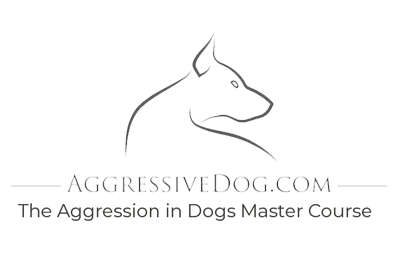PAWSITIVE CULTR+ ?
What is
A commitment to use positive reinforcement and reward based methods to coach our dogs.
fun fact:
Dogs dont speak
They read body language!
Ask us the hard questions, and we’re happy to answer!
-
We promise to train use humane methods. We use reinforcement and reward based training methods. We also abide by LIMA guidelines and policies. Our goal is for your dog to have choices and freedom while learning with us. We do not use aversive tools for training.
Some of the concepts you will learn with us include
Dog Body language signals,
How dogs learn,
Engagement Games,
Understanding what motivates the behaviour and how to replace it with a desired behaviour,
How to build a positive association to triggers, and much more! -
Glad you asked. Reinforcement is anything that strengthens a behaviour. For example, if you work hard on a project and your boss gives you a bonus – it motivates you to continue to work hard. The bonus is reinforcing your hard work. Since we are adding something (bonus) to reinforce the behaviour (hard work) we are using “positive (+)” reinforcement.
-
LIMA is an acronym for Least Intrusive, Minimally Aversive Effective Behaviour Intervention. It sets a guideline and code of conduct for pet professionals. LIMA seeks to prevent animal abuse and does not support the use of punishment instead of other effective humane techniques. For more information click here.
-
Tools are meant to aid in training. They do not fix a problem. We do use a wide range of tools depending on the skills we are working on.
WE DO NOT USE:
- Prong Collars
- Slip Leashes or Choke Collars
- E-collars, Bark Collars, Citronella collarsWhy?
We do not need these tools to teach dogs. There are several games, skills and methods that can motivate dogs to comply with us, using what motivates them - food, toys, affection, sniffing, etc.
These tools are considered aversive. And we are committed to helping animals without the use of aversion / intimidation.
The reason these tools work on animals, is because they apply just enough discomfort that makes the dog “comply”. In the old days, people straight up abused these tools and harshly corrected dogs. These days, the amount of ‘pressure’ is lowered only so long as we cannot see the pain or discomfort externally. Dogs are often known to hide pain, which is why we do not rely on simply the external appearance of discomfort as a sign of something being aversive to the dog. The tool, is simply helping you suppress the behaviour but does not change the emotion behind it – fear/anxiety. As a result your dog stops “reacting” to the trigger, but still feels fearful toward it. Or the dog walks nicely on a leash, but because it wants to avoid the discomfort of getting buzzed for not walking nicely.







Have more questions about a consultation?
Drop us a message →


